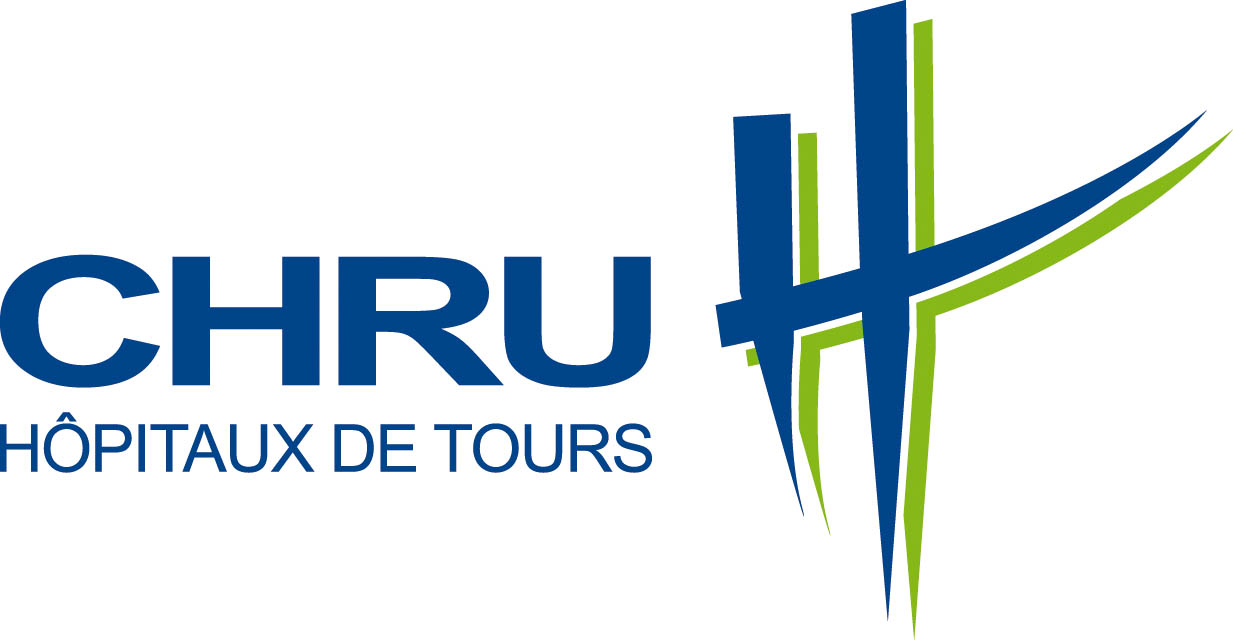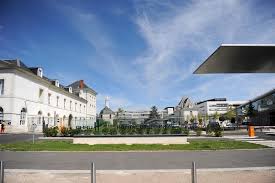You are here : English versionResearchFacilitating ResearchOur links with research organisations & the CHRU
The CHRU of Tours
 The University of Tours and the Regional University Hospital Centre (CHRU) of Tours have a strong relationship, built on the basis of multiple consultations and collaborations. Together, the two entities defend the idea of clinical research linking the patient's bed with fundamental research.
The University of Tours and the Regional University Hospital Centre (CHRU) of Tours have a strong relationship, built on the basis of multiple consultations and collaborations. Together, the two entities defend the idea of clinical research linking the patient's bed with fundamental research.The Regional University Hospital Centre (CHRU) of Tours and the University of Tours have a strong relationship, built on the basis of multiple consultations and collaborations. Together, the two entities defend the idea of clinical research linking the patient's bed with fundamental research.

Did you know?
At the Tours University Hospital Centre, the basic and clinical research strategy has three areas of excellence: imaging and the brain, oncology and infectious diseases. Three areas of research have also been very successful in recent years: therapeutic antibodies; aerosol therapy; and ischaemia reperfusion and transplantation.Institutional research is carried out by Inserm, CNRS and INRA research units, which account for just over 50% of the CHRU's academic staff.
The Biomedical and Public Health Research Committee
The CHRU of Tours considers the University of Tours as a privileged partner in research.For more than 15 years, the two establishments have been jointly coordinating health strategies between the CHRU, the Public Establishments of Scientific and Technical Interest and the University of Tours. Local leaders of accredited university hospital federations are also invited to attend. These federations are excellent channels of cooperation between the various actors of the CHRU, the university and the research teams in terms of care, teaching and research.
The Biomedical and Public Health Research Committee is also working to harmonise documentary resources between the university and the CHRU, and to strengthen support for joint experimental platforms.
The research department of the Faculty of Medicine
The Vice-President of the CHRU and the Director of Research of the CHRU participate in the research department of the Faculty of Medicine, thus favouring the junction between the common problems encountered by the university and the CHRU.Some examples of collaboration between teaching and research
- The hospital is an ideal training ground for health students at the University of Tours.
- Annual joint events enable the general public, students and researchers to be made aware of medical training and research.
- The research teams shared by the university and the CHRU benefit from optimal conditions (provision of hospital and university hospital staff who are members of the CNRS, Inserm and INRA UMR; provision of hospital premises and equipment).
- The biology-health field at the University of Tours is highly recognised nationally and internationally.
- The Centre Val de Loire collegium enables the university and the Tours CHRU to forge institutional links with regional hospital groups.
- Research platforms are shared by the University of Tours and the CHRU. Similarly, some research projects allow the collaboration of staff from both entities.
- The Rare Diseases Plan has resulted in the labelling of four CHRU sites, which constitute four reference centres that often work in close collaboration with the University of Tours.
- As part of the Future Investment Programmes, the CHRU is associated with the Labex MAbImprove;
- The SATT Grand Centre, which enables the CHRU and the university to register patents.
